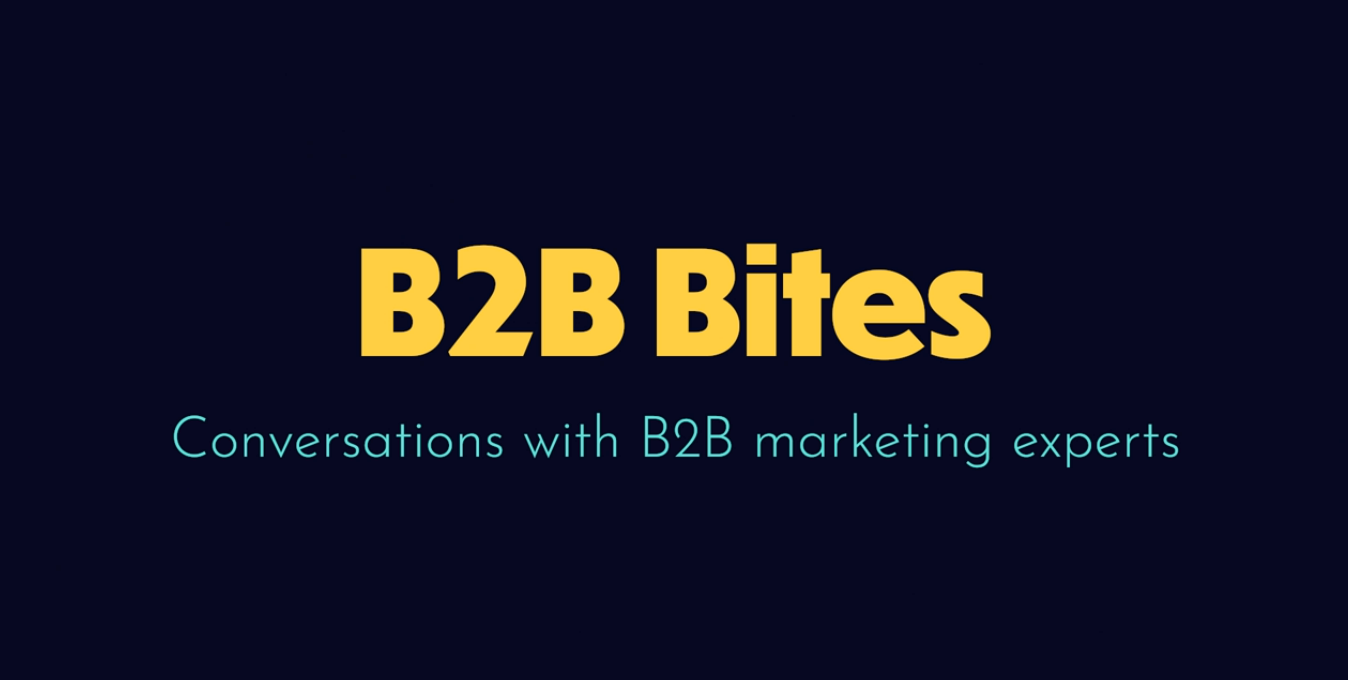For many people, the mass of links, hashtags and sheer information makes Twitter seem like the Wild Wild West of social networks. But with the right harness - or B2B social media strategy - you can tame Twitter and make it work for your business. The platform's 280 character limit forces users to be sharp, snappy and to the point. Messages can be truncated with links, but your headline-writing game better be on point if you want click-throughs to your website and blog content.
While Facebook can sometimes seem too personal, and Instagram requires flare and creativity, Twitter pushes out largely text-based messages where time is of the essence and brevity is best. And while video, photos and gifs are important, hashtags and links are central to its infrastructure.
Every letter counts when composing a tweet, and every interaction is immediate and laid bare for scrutiny. Opinions tweeted without forethought have been the undoing of many users - although strangely, that hasn’t stopped US President Donald Trump. Many others have rushed to delete their accounts when a tweet caught fire across the platform, picking up scores of outraged users as it burned. Going viral can be a double-edged sword.
Aside from these dangers, Twitter has the power to reveal secrets and start trends that have real-world impact. Because of its fluidity - and the opportunity for content to go viral - it can be a powerful tool for marketers wanting to reach a B2B audience and cement thought-leadership.
With this in mind, the following six points offer some practical advice on how to make Twitter part of your B2B marketing strategy. These ideas will help would-be tweeters navigate the risks and minefields of real-time social media to the benefit of their business and brand.
MAKING THE MOST OF TWITTER FOR BUSINESS: 6 PRACTICAL POINTERS
1. SET CLEAR OBJECTIVES AND GOALS
To get followers, you must follow. If you’re a B2B marketing agency (like us!) start by following your clients and business associates. Set goals like: gather 50 followers per week in the first quarter. How many ‘man hours’ (i.e. not automation) are you going to dedicate to Twitter per week? Keep an eye on replies, retweets and mentions to see how your engagement is going. Based on how many followers you’re accumulating, you can adjust your tweeting frequency in order to meet your goal. Is tweeting 5 times per day helping you gain your target of 50 weekly followers? If not, it’s time to up the ante. Adapting your frequency of tweets is trial-and-error - if you’re not attaining any targets, your strategy needs tweaking.
2. ALWAYS-ON ENGAGEMENT
Twitter luxuriates in the 24-hour newscycle. It’s always on and open for people to express an opinion. Likewise, you need to be switched on and engaging at relevant times - today's tweets will be old news tomorrow.
Optimal use might include making sure someone - a real person - checks in on the company’s Twitter feed, daily. Consider scheduling tweets outside of working hours or over the weekend to ensure you present an image of your business as one with a finger on the pulse, always on the grind, chasing that Gary Vee hustle.
3. USE HASHTAGS
Hashtags make it easy for people to join in on conversations, and for you to broadcast about topics important to you - there's no problem with this so long as the tweets are relevant. It’s never a good idea to hijack a popular hashtag in order to shoehorn your business shout-out into the conversation. That could backfire spectacularly - so just don’t go there. Identifying the right hashtags takes time - but it will be valuable research into the communities with which you’d like to connect.
4. PLAN YOUR CONTENT
By now, everyone in B2B knows the benefits of having a social media content plan. While Twitter is highly reactive (and reactionary,) you should still have an editorial calendar at the heart of your strategy. Be prepared for key moments in your industry, including trade shows and launches, and company events. Prepare tweets in advance, and roll them out via your automated marketing platform (we use Hubspot.)
Ideas for content might include:
- Product showcases
- Company culture - inside glimpse
- Video (and Periscope, live streaming platform)
- Polls
- Q&A sessions with a company head or expert
5. ADVERTISE ON TWITTER
According to stats published by Twitter, 73% of its users feel better about a small or medium-sized business after following and reading their tweets. Increase your company’s visibility by paying to promote your business and company culture, as well as your products and services. You can advertise to push traffic to your website in order to increase sales or generate leads, or alternatively, you can advertise to improve brand awareness. Attracting followers who are generally receptive to your messages could mean that one day their interactions will go beyond a mere mention or retweet.
The Website Card is a powerful Twitter Ads format designed to encourage traffic to your website from Twitter. with a clear call to action. Tweets promoted like this have a 43% higher engagement rate than (shortened) hyperlinks.
6. CAPITALISE ON ‘CELEBRITY’ ENDORSEMENTS
The modern day equivalent of shouting from the rooftops is a tweet of endorsement about good service. While sales referrals have always been a valuable prospecting method for generating leads, Twitter has the power to take things one step further. Online opinion platforms and product/company reviews are a unique digital marketing phenomenon, but they have the power to influence new customers. What better way to instill confidence in new customers than a referral/review from an existing happy customer? Pick the company you have a particularly good working relationship with and ask them to tweet their followers. And voila: Instant access to a new world of potential customers (likely to hit your ‘sweet spot’, too.) Emphasize any associations with well-known names or products to get users’ attention is the oldest trick in the book - but it works.
CONCLUSION
Including Twitter in your B2B social media strategy is a no-brainer, but the keyword here is strategy. If you have a structured approach to tweeting, if you’re consistent in your real-life engagement, and if your messages are both relevant and timely, Twitter has the potential to be extremely important to your business.









